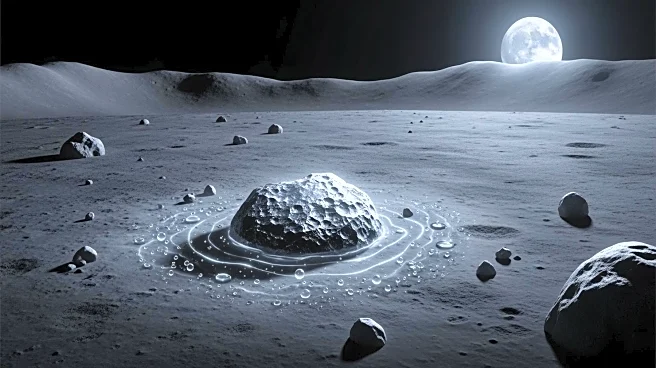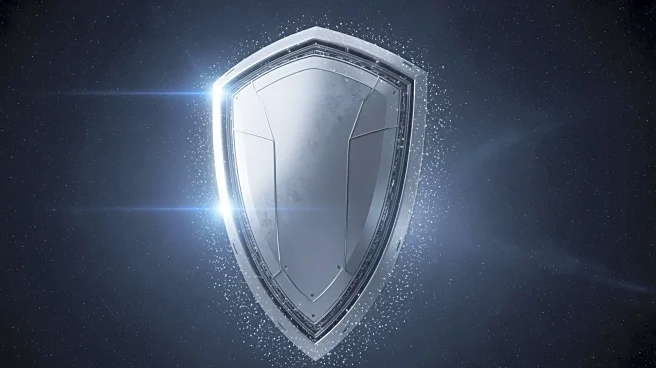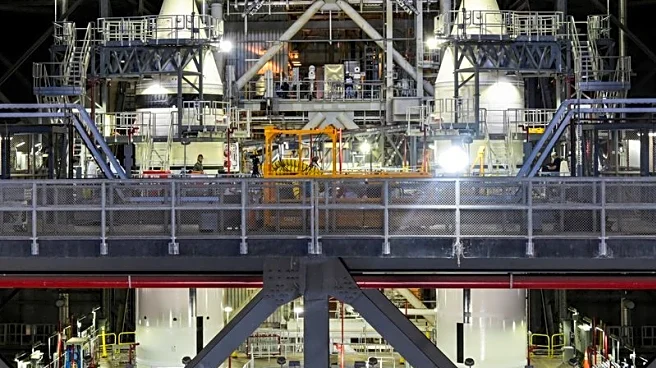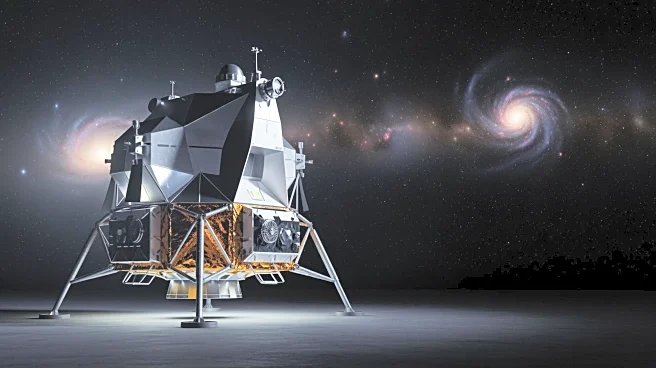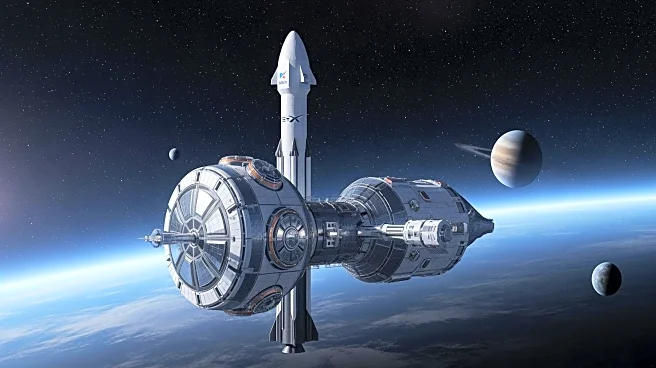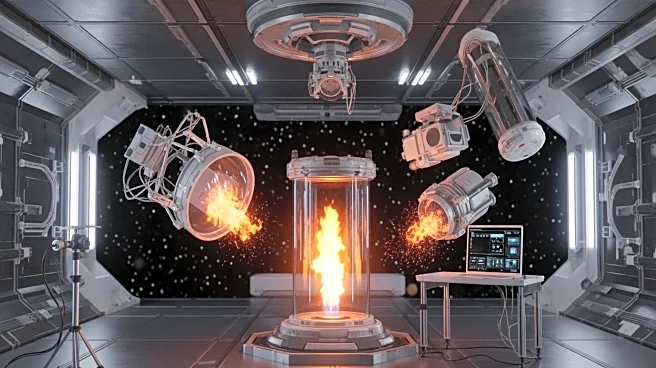What's Happening?
The Chang'e-6 mission, conducted by China, has returned samples from the far side of the moon, revealing rare meteorite relics that could alter our understanding of water sources in the solar system. These samples, collected in June 2024, contain fragments
of carbonaceous chondrites, which are known to be rich in water and organic compounds. The study, published in the Proceedings of the National Academy of Sciences, indicates that water-rich asteroids may have contributed more material to early Earth and the moon than previously thought. The moon's thin atmosphere allows it to preserve these fragile meteorites, unlike Earth, where they often burn up upon entry.
Why It's Important?
This discovery is significant as it challenges existing perceptions about the composition of meteorites that have impacted Earth and the moon. The findings suggest that volatile-rich asteroids, which contain essential ingredients for life, have played a more substantial role in delivering water and organic materials to the inner solar system than previously estimated. This could lead to a reassessment of the chondrite proportions in the Earth-moon system, providing new insights into the origins of water and life-essential compounds on Earth.
What's Next?
The research team plans to continue analyzing the Chang'e-6 samples to further understand the composition and impact history of these meteorites. This could lead to new models of how water and organic materials were distributed in the early solar system. Additionally, the findings may influence future lunar missions and the search for life-essential compounds on other celestial bodies.
Beyond the Headlines
The study highlights the moon's unique role in preserving meteorite fragments that are otherwise lost on Earth, offering a more complete picture of the solar system's history. This could have implications for understanding the distribution of life-essential materials across the solar system and inform future space exploration strategies.
